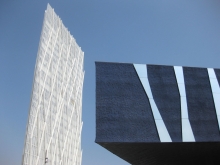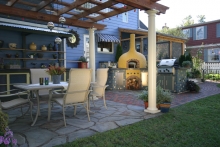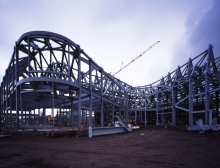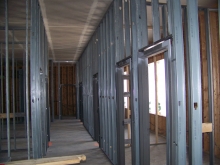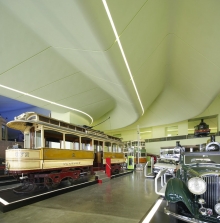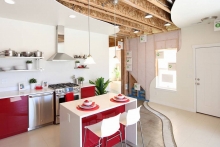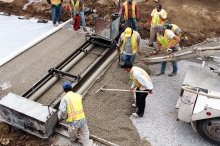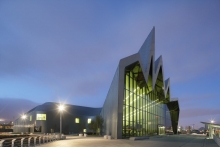Commuter Colleges Transition through Structural Changes
BRB Architects’ design for a new campus center at Molloy College is representative of a larger trend in campus planning: the shift from a commuter-only campus to a 24/7 community.
A commuter college is a college in which most students do not live in dormitories but commute from homes nearby. Community colleges are a common type of commuter college, but many private and smaller colleges and universities also fall into this category. In the past, students of commuter colleges have been present on campus only briefly as they attended classes; they would go elsewhere else to eat, lounge, study, and socialize. Now the atmosphere of many commuter colleges mirrors that of a more traditional college or university environment, where students do not just go to college to attend class but may meet with other students on campus for collaborative projects or simply for recreational purposes. As students begin to spend more time on campus and academic and social lives become increasingly integrated, the need for structural changes on many campuses has become more apparent.

